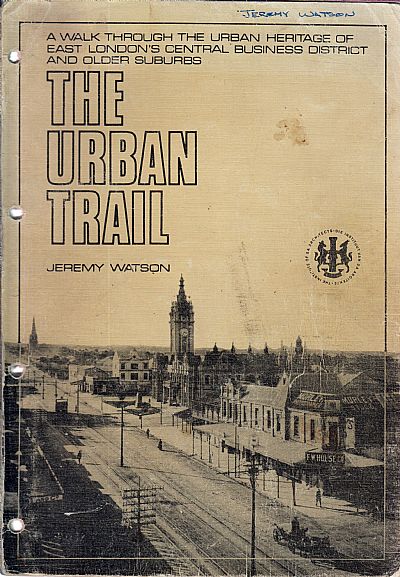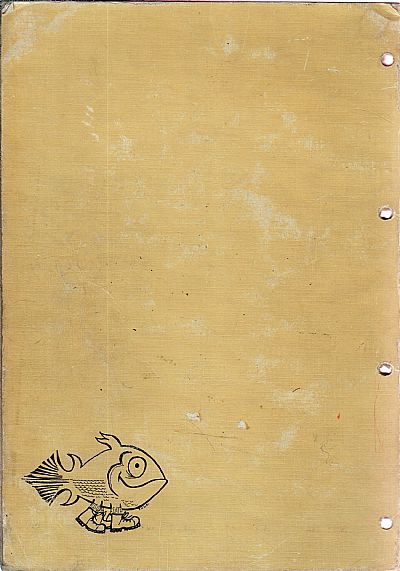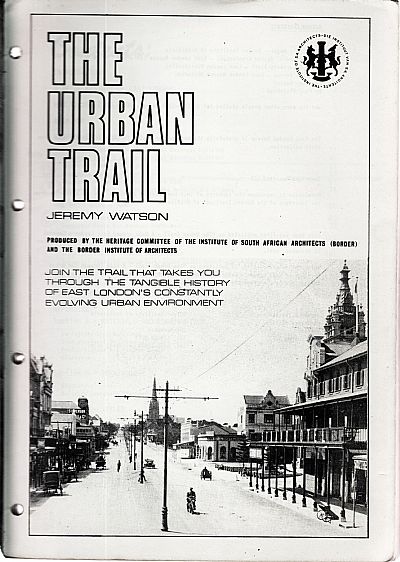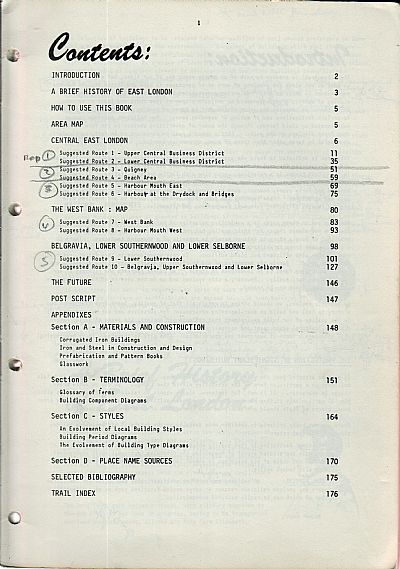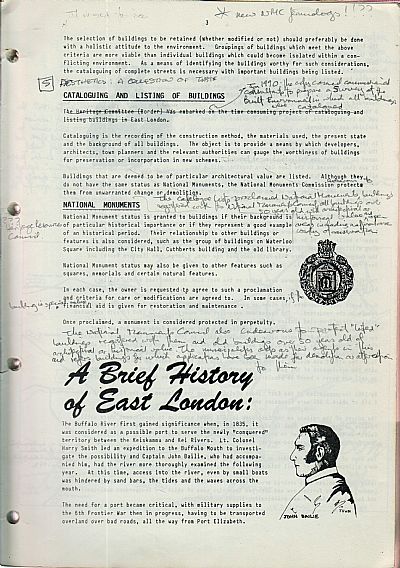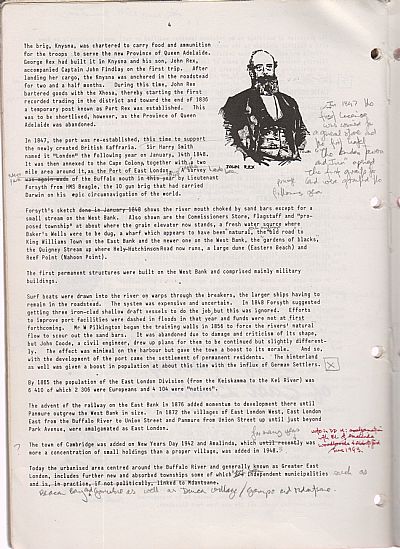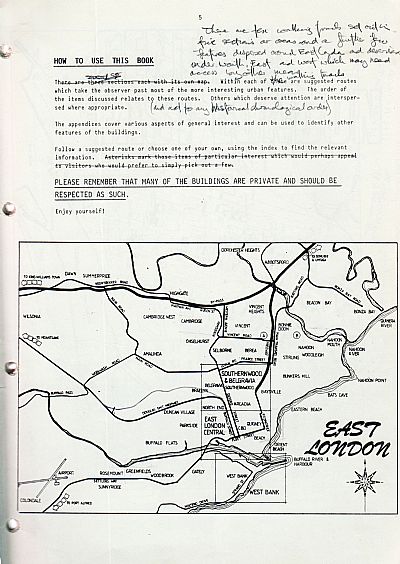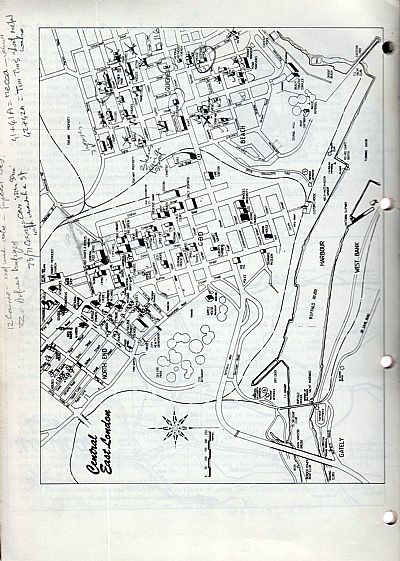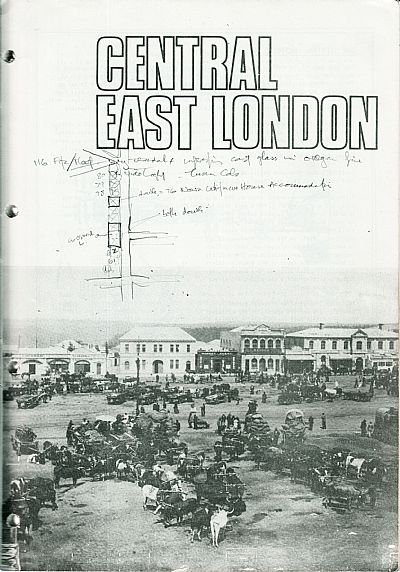THE URBAN TRAIL
I was once asked by a geography school teacher to assist with a short handbook for his students to encourage them to look at the built environment with fresh eyes. I got into this with enthusiasm. But he moved on to a new career and was left with quite a lot of material.
The more I got into the subject, the more enjoyed it and it began to grow. I teamed up with Gill Vernon who was the historian at the museum and we produced a small booklet.
Subjects of great interest though have no bounds (as you may have noticed with this website) and it continued to grow. I had the local Border Kei Institute of Architects endorse it (I was the heritage chairman after all). And the rest, as they say, is history.
These were the days before desk top publishing - or even typing and compilation on a computer. Everything was typed on a typewriter. Glynis Heger typed it for me and I did all the sketches by hand (mostly using drafting pens on tracing paper over photos). There were only a few historic photos used and local professional photographer, Rob Pollock assisted with these. Large text was done using Letraset, a popular rub-on method of the time. The whole was proof read several times, but once published we kept finding typos.
The completed product was copied and printed by a company in Ciskei specialising in producing school books in Xhosa. Seeing it in production was intriguing - all the pages in batches and facing every which way until cut and bound.
The choice of presentation with sketches and few photos was to keep costs down and enable it to be available to as many people as possible. We sold it at R18 a copy and gave a few to schools and the main library. A few were sponsored by individuals. It is rewarding to see it still referred to even after all these years. Someone really needs to do an updated version online. Anyway this scanned copy below will do until then. The built environment is constantly changing. This edition is not representative enough of the overall community.
It is not a history book as such, but recording the built environment inevitably reflects it. The trouble is that at this time apartheid still influenced who could own property and who could develop. To some extent even who could use many of the premises. Yet the more hands-on skills were generally those of the other races. Even noting that has a whiff of racial prejudice.
As I write this in 2025 apartheid is a sad memory of the older generation, a blame game of the younger ones. But it will always set the imprint for the layout of the city. It may be unfortunate and many may prefer to forget that, but we can only really understand the current and even future predicament of this society, by understanding the past.
It was only while all this was going on that desktop publishing was becoming known in East London and we also got our first computers. Too late though for this book.
But by the time we emmigrated to Scotland in 1999, I had rewritten the Urban Trail and taken great efforts to better represent the greater community. This meant an extended edition. But it also meant I had not finished it by then. I still have a draft copy on a set of stiffy disks. Remember them? I brought out the only desk top pc to Scotland that had a suitable drive in order to save it across to a more suitable format. That was to prove more awkard than practical so I dumped the pc.
But I do have a hard copy and what you see here is THE URBAN TRAIL - 2ND EDITION. What you see below is a scan of that copy. My working copy. Punched. Overmarked. Worn.
Scanning and posting that hard copy is an ongoing project
